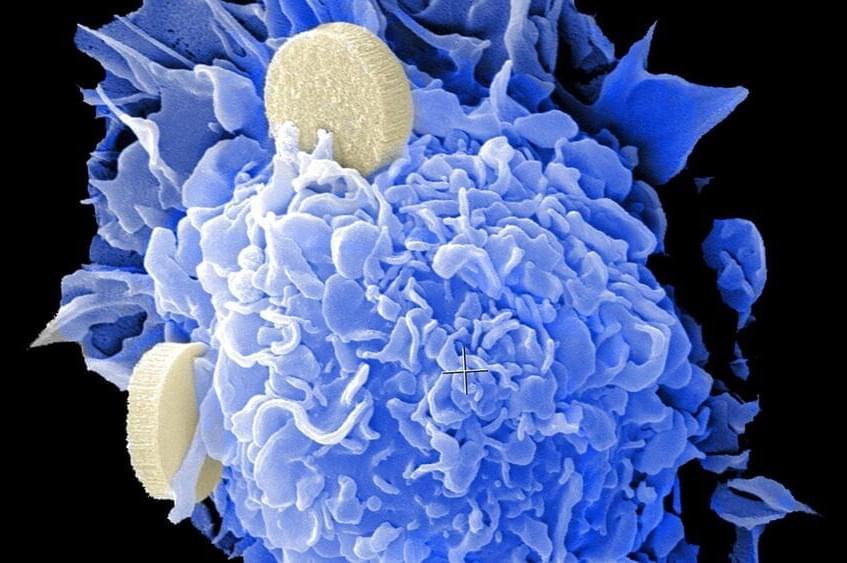Sixty-six million years ago, the age of the dinosaurs came to a dramatic close as a huge asteroid impact accelerated them on a path towards extinction. Not all of them died out, however; those that survived went on to become today’s birds.
Scientists are still trying to carefully map out the anatomical changes that occurred between dinosaurs and birds during this time, and there’s arguably no better way to do this than to engage in a little “reverse evolution.” With this in mind, a team of researchers has grown “dinosaur legs” in chicken embryos, as revealed in their study in the journal Evolution.
Remarkably, previous research manipulating chickens into “becoming” dinosaurs has already taken place. Back in 2015, a study showcased that chickens that had been tweaked during embryonic development could grow a dinosaur-like snout. A year earlier, a more low-tech study demonstrated how a few strategically-placed weights could make a chicken walk along like a Tyrannosaurus rex.






